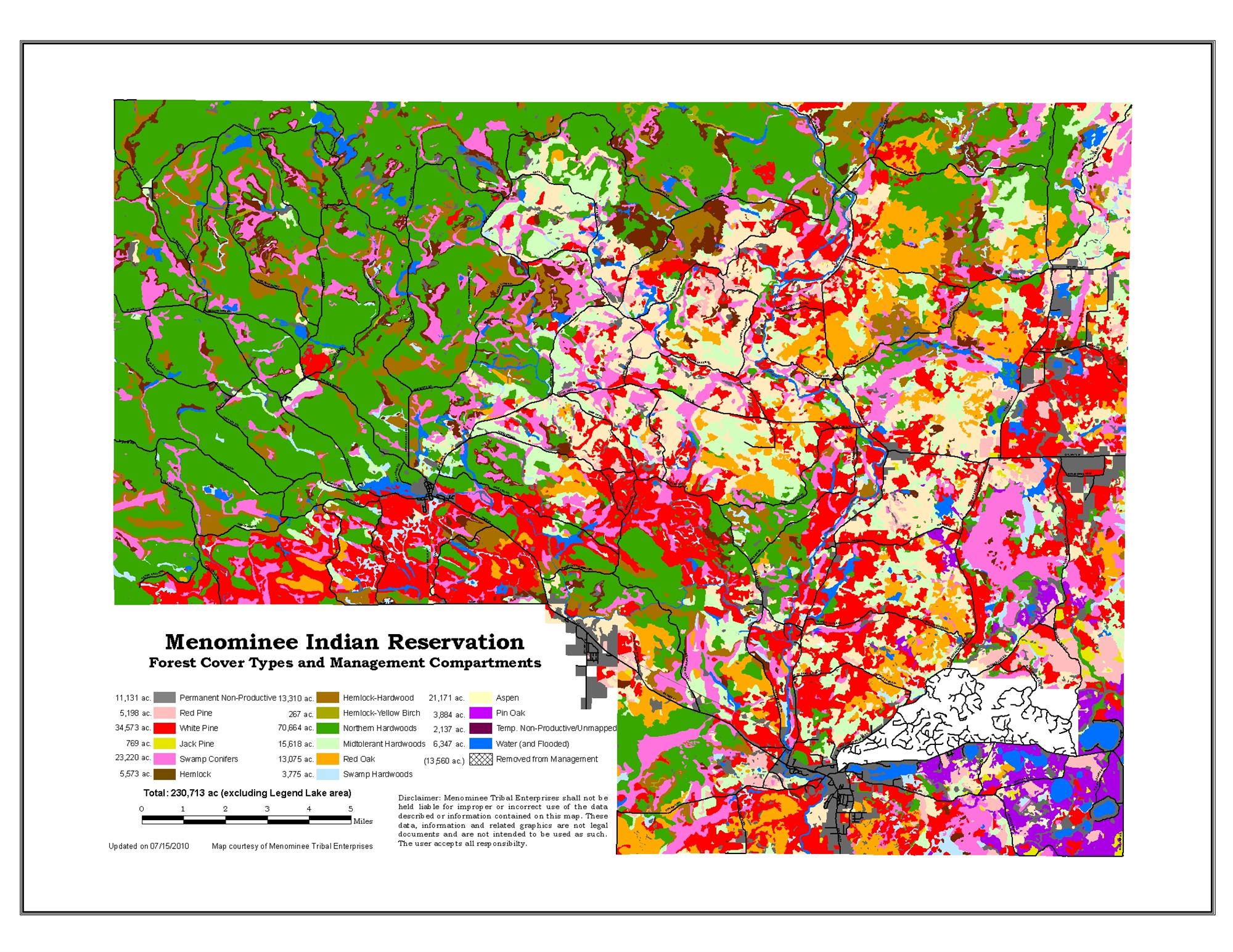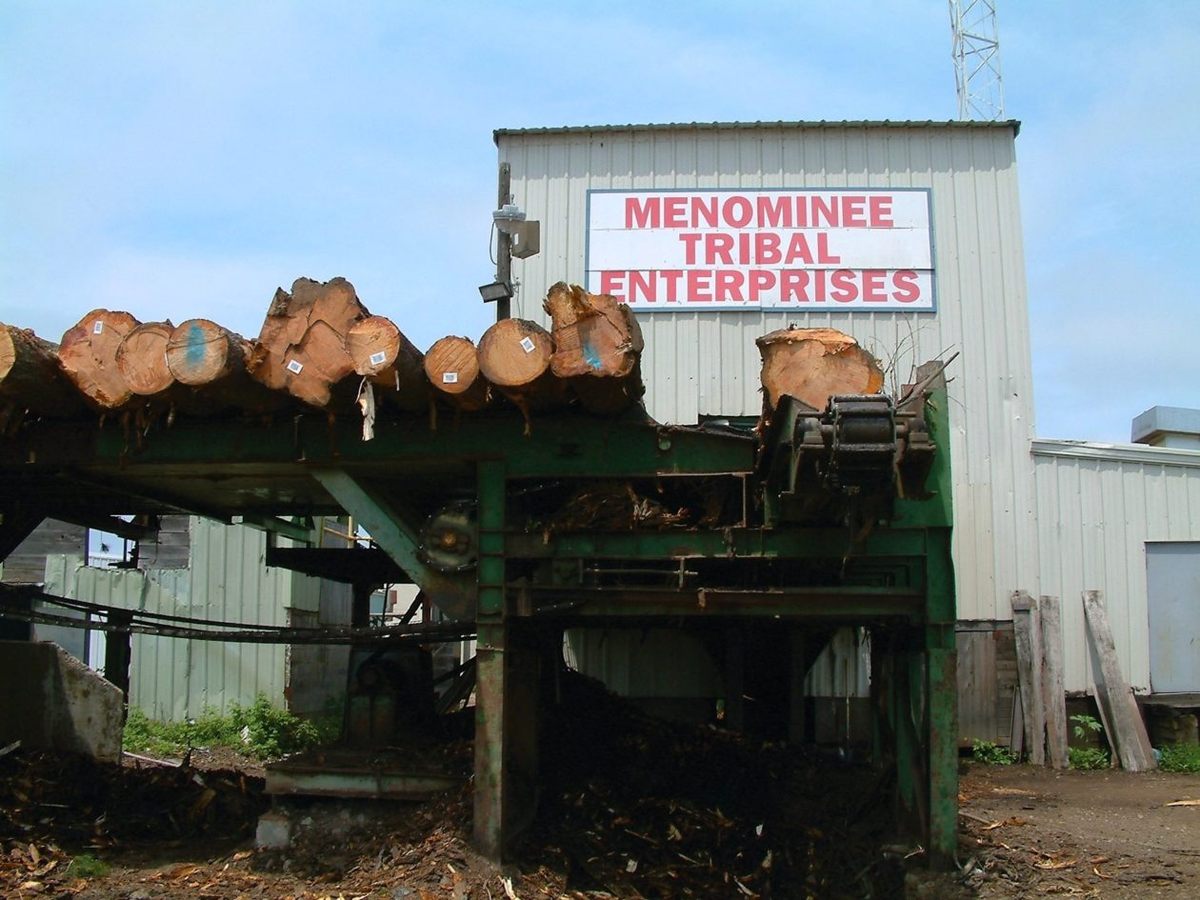
Guardians of the Green: How the Menominee Nation Forged the World’s Most Successful Sustainable Forest Model
In a world grappling with deforestation, habitat loss, and the ever-present threat of climate change, the Menominee Nation of Wisconsin stands as a beacon of hope and a living testament to the power of indigenous wisdom. For over 160 years, this relatively small Native American tribe has practiced a revolutionary form of sustainable forestry, transforming their reservation into an ecological marvel that consistently outperforms surrounding non-tribal lands in timber production, biodiversity, and overall forest health. Their model isn’t just an anomaly; it is widely hailed by ecologists, foresters, and environmentalists as the most successful long-term forest management system on Earth.
To truly appreciate the Menominee’s achievement, one must understand its profound historical and philosophical roots. The Menominee, whose name means "Wild Rice People," have inhabited their ancestral lands in what is now Wisconsin for over 10,000 years. Their culture, spirituality, and very identity are inextricably linked to the forest. They understood the intricate web of life long before Western science coined terms like "ecosystem services" or "biodiversity." Their relationship with the land was not one of dominion, but of reciprocal stewardship – a profound responsibility to care for the earth as it cared for them.
This deep-seated reverence for nature became their shield against the destructive forces that swept across North America in the 19th and early 20th centuries. As European settlers pushed westward, the vast, ancient forests of the Great Lakes region were decimated by relentless clear-cutting. Logging companies saw timber as an infinite resource to be extracted for maximum profit, leaving behind barren landscapes prone to erosion and ecological collapse. The Menominee, however, resisted.
Even as early as the 1850s, when they were pressured by the U.S. government to adopt "modern" logging practices, the Menominee insisted on a different approach. They refused to clear-cut. Instead, guided by their elders and traditional ecological knowledge (TEK), they began selectively harvesting trees, taking only what was needed and ensuring the forest’s continuous regeneration. This wasn’t merely a conservation effort; it was an economic imperative rooted in a spiritual understanding of the land. They understood that the forest was not just a collection of trees, but a living, breathing entity that sustained their people and must be sustained in return.
This philosophy is encapsulated in a powerful Menominee saying: "We don’t cut the forest; we cut the land." This seemingly paradoxical statement reflects a holistic approach where the health of the entire forest ecosystem – the soil, water, understory plants, wildlife, and even the spiritual essence of the place – takes precedence over the singular pursuit of timber volume. It means understanding the forest as a complex, interconnected system where every element plays a vital role.

The practical application of this philosophy is what sets the Menominee apart. Unlike conventional forestry, which often focuses on maximizing short-term yield or replanting monocultures, the Menominee practice "single-tree selection" or "group selection." Foresters carefully walk through the forest, assessing each tree individually. They select trees for harvest that are diseased, damaged, crowded, or past their prime, allowing younger, healthier trees to thrive. This mimics natural disturbance patterns, promoting genetic diversity and ensuring a multi-aged, multi-species forest structure.
The result is a forest that defies typical logging expectations. While surrounding lands show signs of repeated clear-cutting and degraded ecosystems, the Menominee forest is a vibrant, old-growth paradise. It boasts a higher density of larger, older trees, a richer understory, and a more diverse array of plant and animal species. Researchers have consistently found that the Menominee forest contains significantly more standing timber volume per acre than comparable non-Menominee lands, despite having been continuously harvested for over a century and a half. This is a crucial, almost counter-intuitive fact: by harvesting less aggressively, they have actually produced more timber in the long run, while simultaneously improving the forest’s health.
The Menominee Nation’s forest management is not just about environmental sustainability; it’s also a powerful economic engine. The Menominee Tribal Enterprises (MTE), established in 1908, manages the logging operations, a sawmill, and other wood products businesses. It provides stable employment for tribal members and generates revenue that supports essential tribal services, from healthcare and education to infrastructure. This economic self-sufficiency, derived directly from their sustainably managed resources, stands in stark contrast to the boom-and-bust cycles often experienced by resource-dependent communities.
A critical juncture in the Menominee’s journey was the devastating federal policy of "termination" in the 1950s. The U.S. government, in an attempt to assimilate Native Americans, dissolved tribal governments and ended federal recognition and services for many tribes, including the Menominee. This forced the Menominee to convert their reservation into a county and manage their resources without federal protections. It was a period of immense hardship and nearly led to the sale of their cherished forest to cover taxes and expenses. However, through incredible resilience and political activism, the Menominee fought back, successfully restoring their tribal status in 1973. This harrowing experience only strengthened their resolve to protect their forest, viewing it not just as an economic asset, but as the very heart of their identity and survival.
The Menominee’s approach is rooted in a "seven generations" principle – every decision made today must consider its impact on the next seven generations. This long-term perspective is a stark contrast to the quarterly reports and election cycles that often drive modern resource management. It means prioritizing the health of the forest over immediate financial gains, understanding that true wealth lies in the sustained vitality of their natural inheritance.
Modern science has increasingly validated the Menominee’s traditional practices. Their methods promote carbon sequestration, enhance water quality, reduce wildfire risk by managing fuel loads, and create resilient ecosystems better able to withstand pests, diseases, and the impacts of climate change. Their forest serves as a living laboratory, demonstrating how human ingenuity, guided by profound ecological respect, can not only coexist with nature but enhance it.
Today, the Menominee forest is approximately 220,000 acres, meticulously managed by a dedicated team of tribal members, many of whom are trained foresters who blend modern scientific techniques with the ancestral wisdom passed down through generations. They use GIS mapping, satellite imagery, and advanced forestry tools, but always within the framework of their guiding principles. They are not afraid to learn from new technologies, but these tools serve to enhance, not replace, their fundamental understanding of the forest.
The Menominee’s story is more than a successful forestry model; it is a powerful narrative of cultural preservation, sovereignty, and environmental justice. It challenges the dominant paradigm that views nature solely as a resource for exploitation. It offers a tangible, proven alternative – a path where economic prosperity, ecological integrity, and cultural identity are not mutually exclusive, but mutually reinforcing.
As the world grapples with unprecedented environmental crises, the Menominee Nation offers invaluable lessons. Their model demonstrates that true sustainability is not about doing less harm, but about active, thoughtful stewardship. It highlights the critical importance of traditional ecological knowledge, often dismissed or undervalued by Western science. Most importantly, it reminds us that the health of the land is intrinsically linked to the health and well-being of its people. The Menominee forest stands as a living monument to the power of foresight, respect, and a deep, abiding connection to the earth – a green legacy that offers hope for all of humanity.
